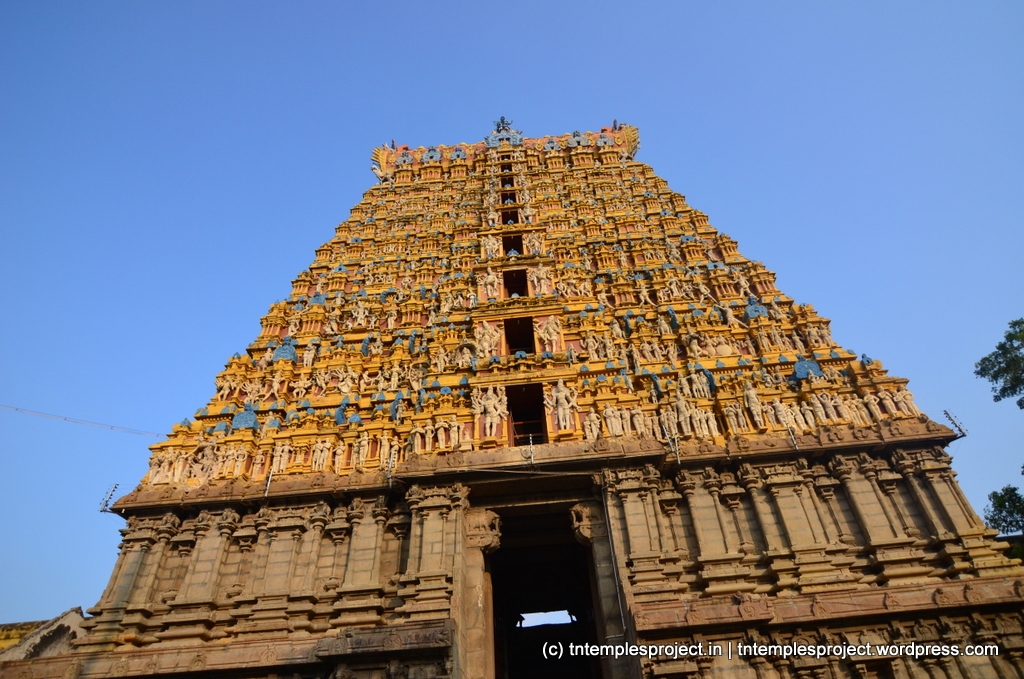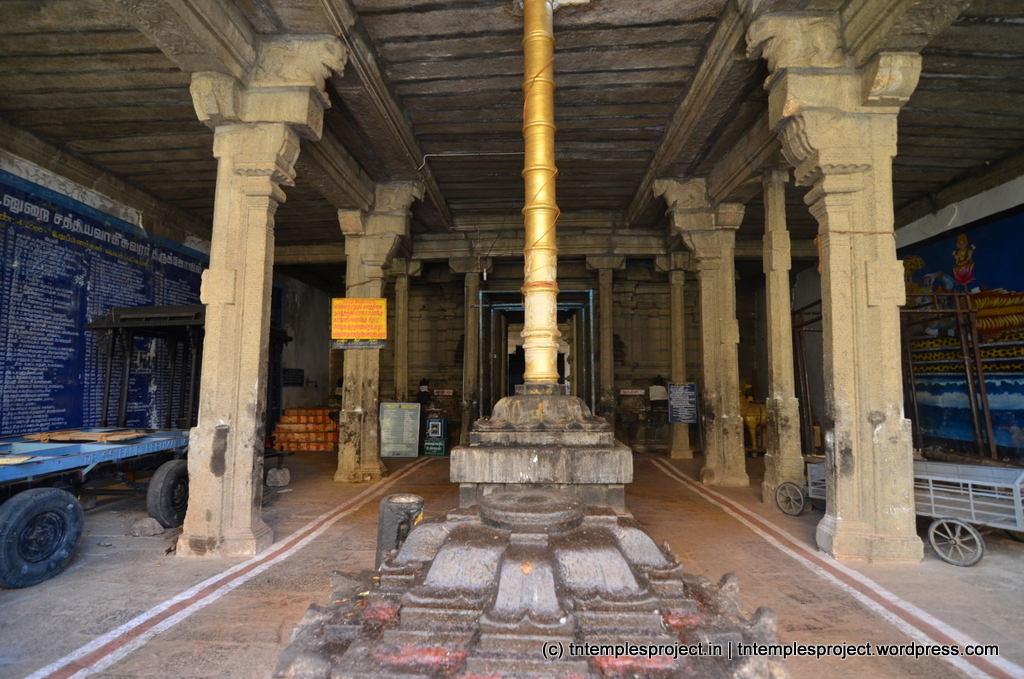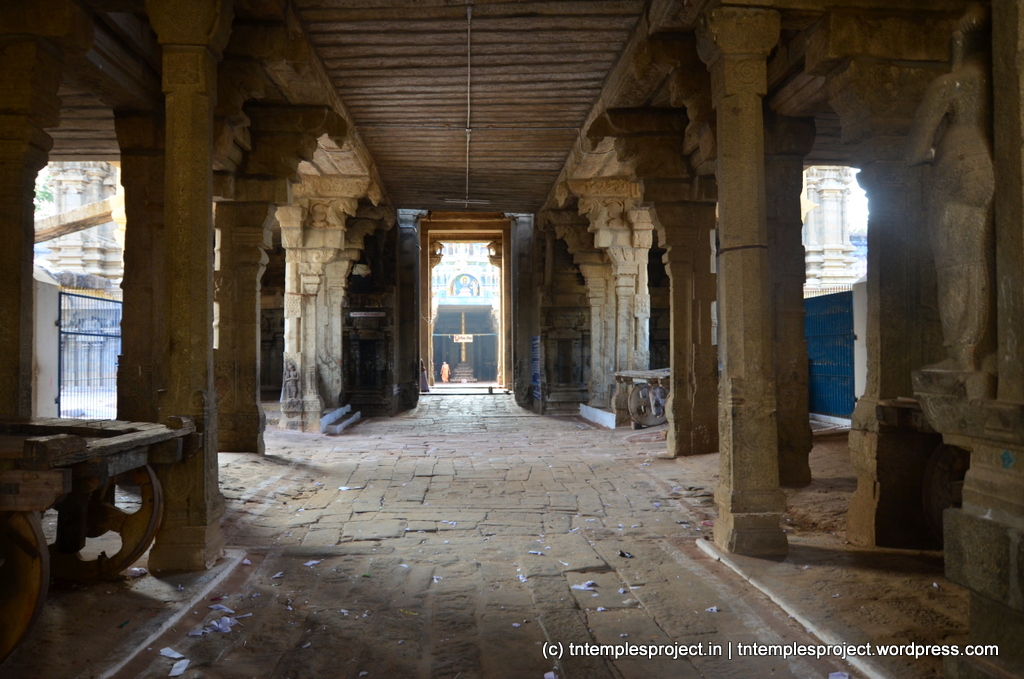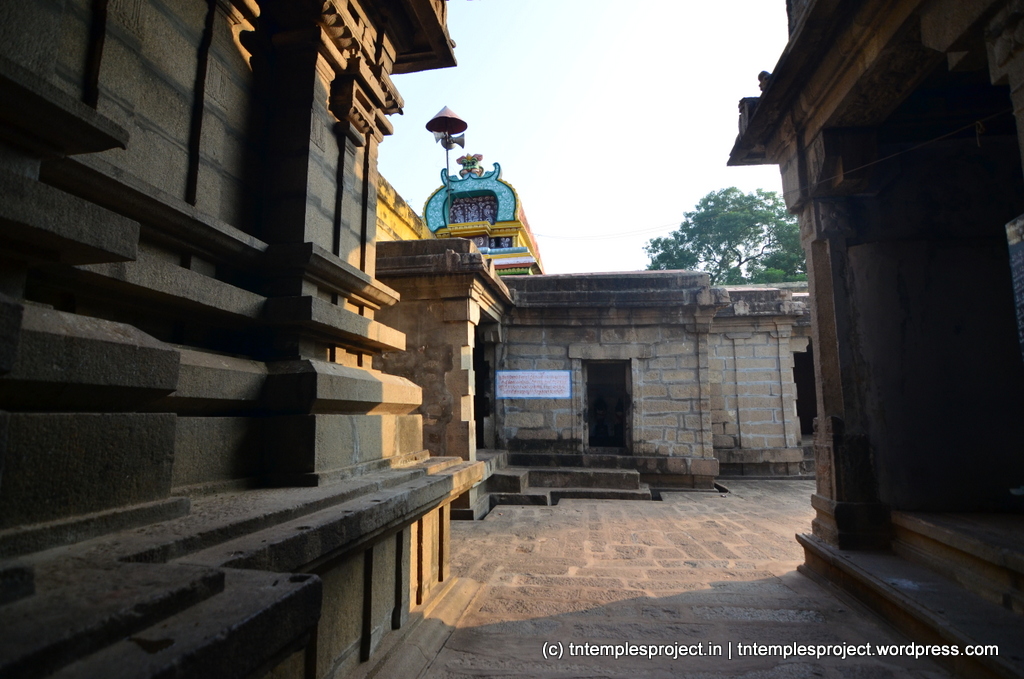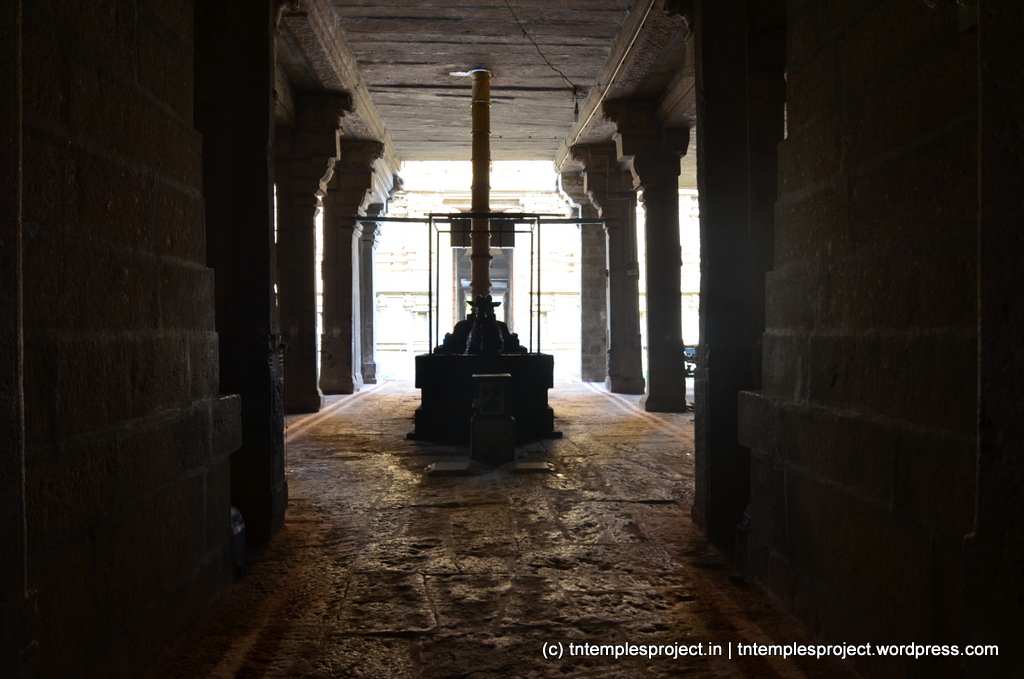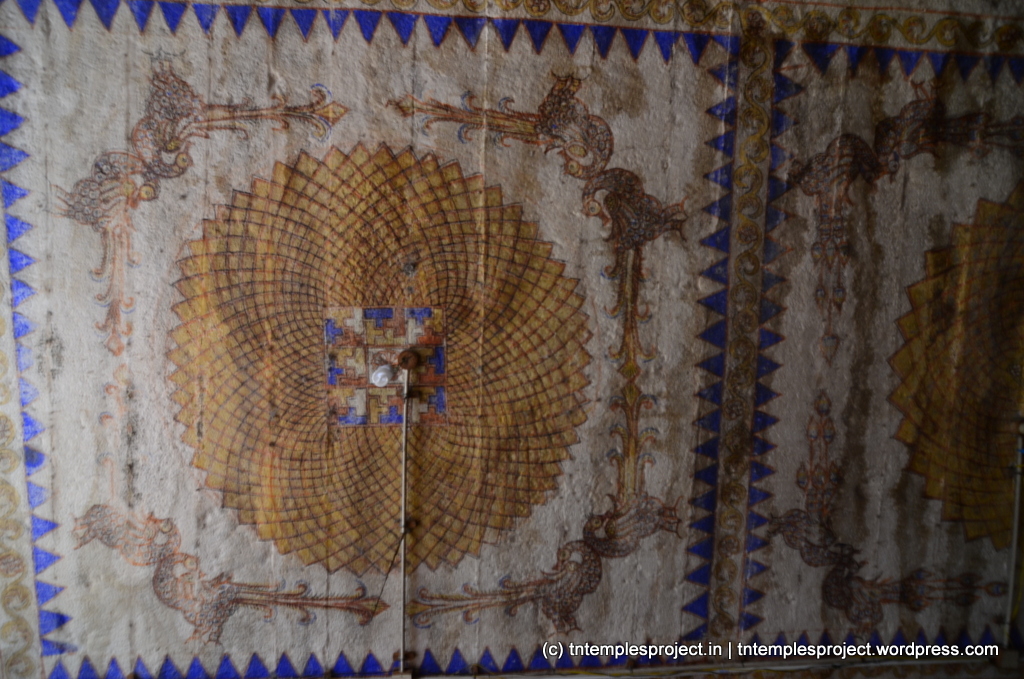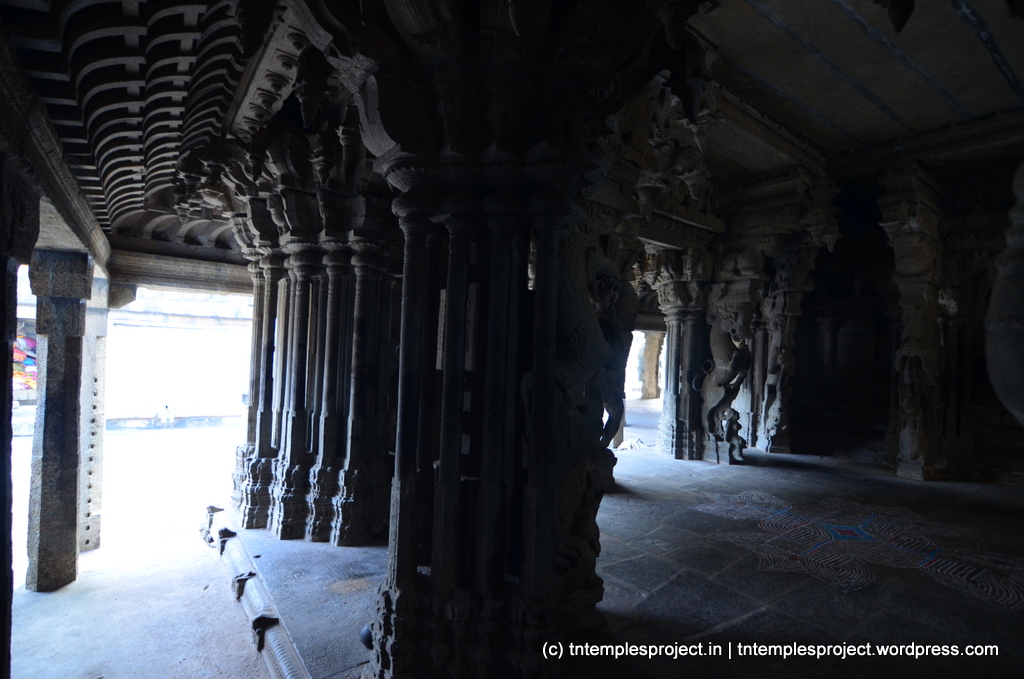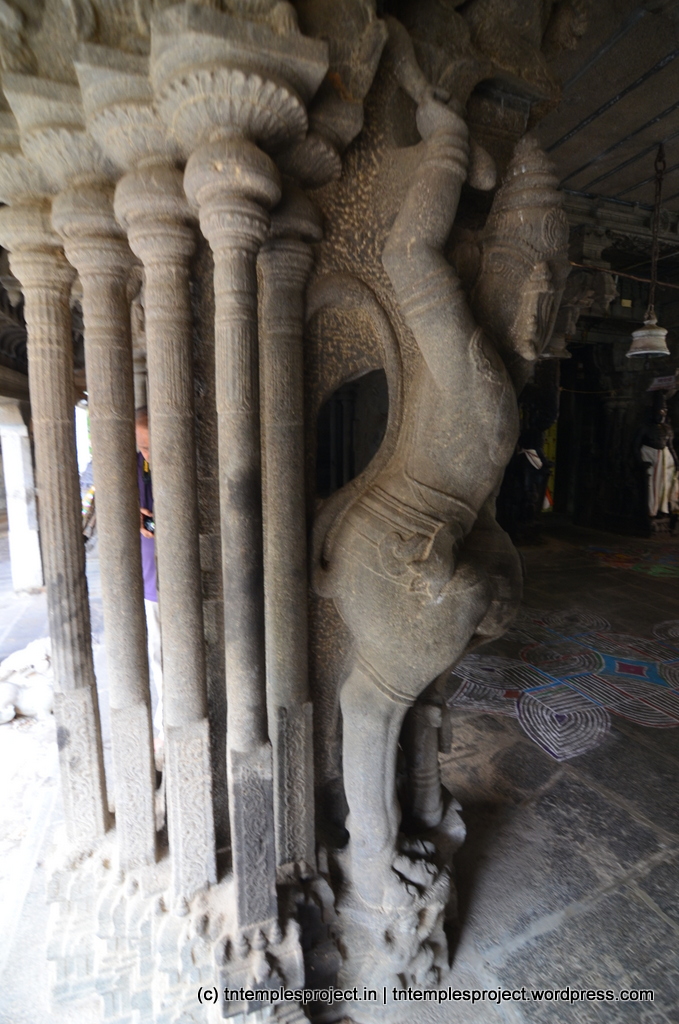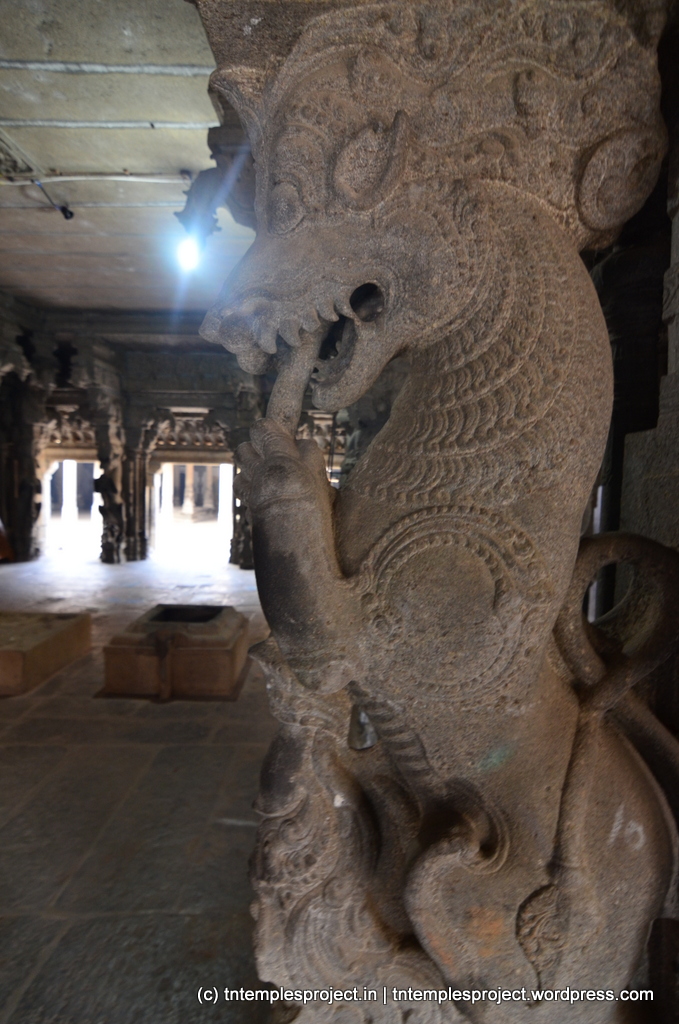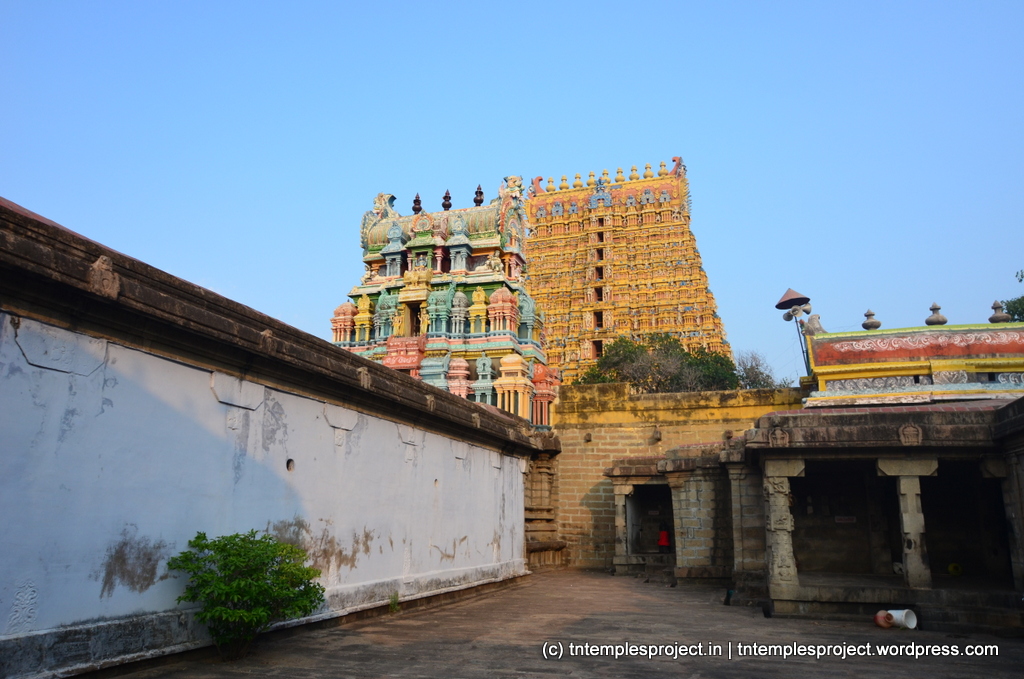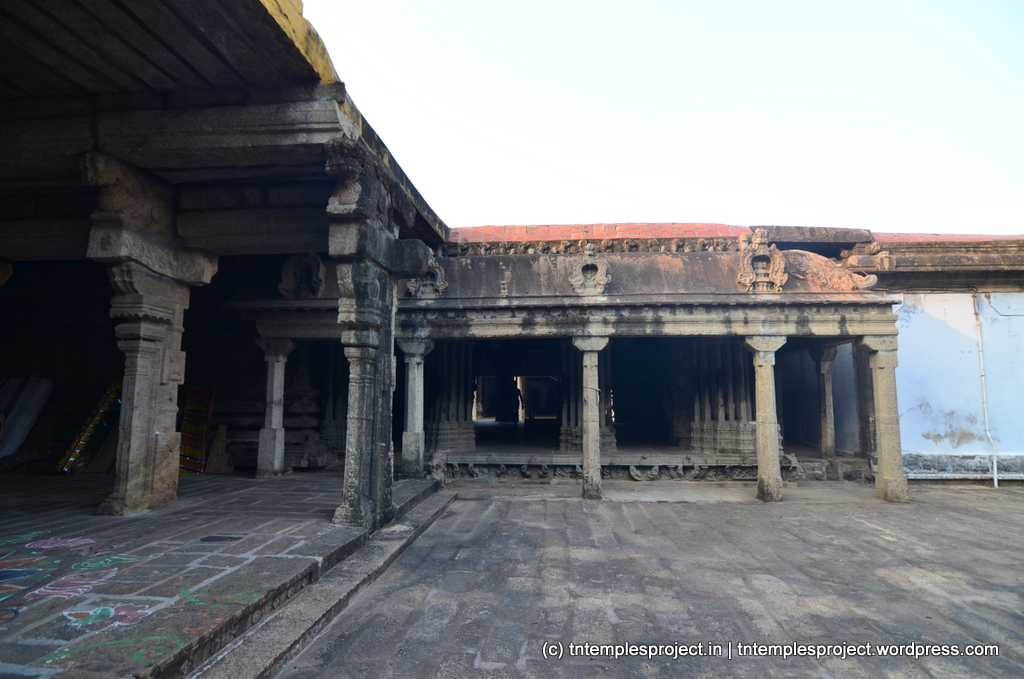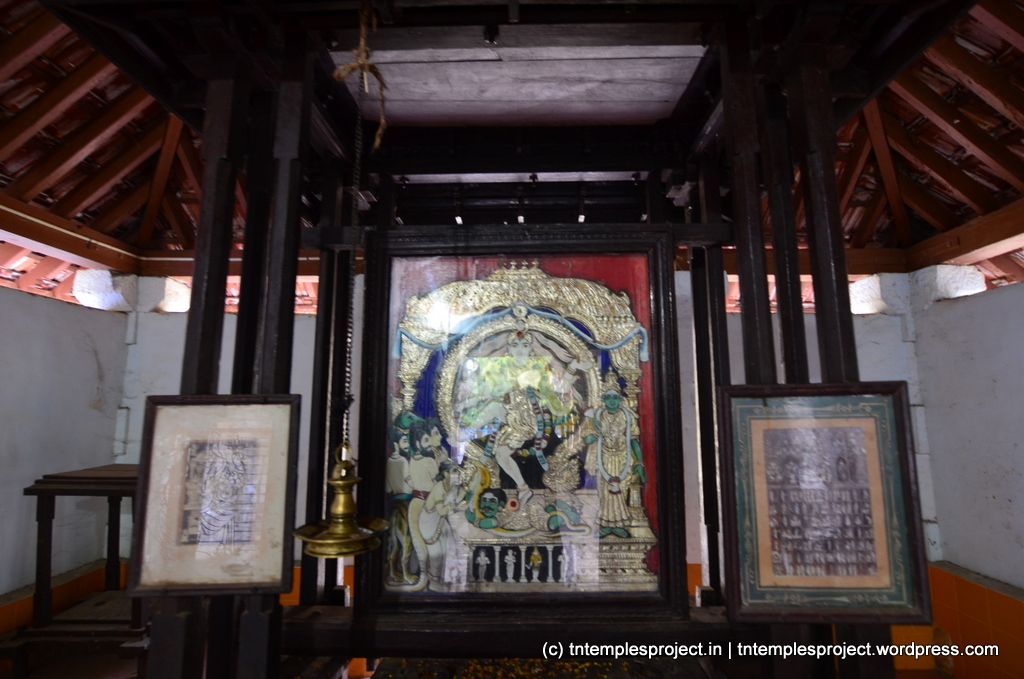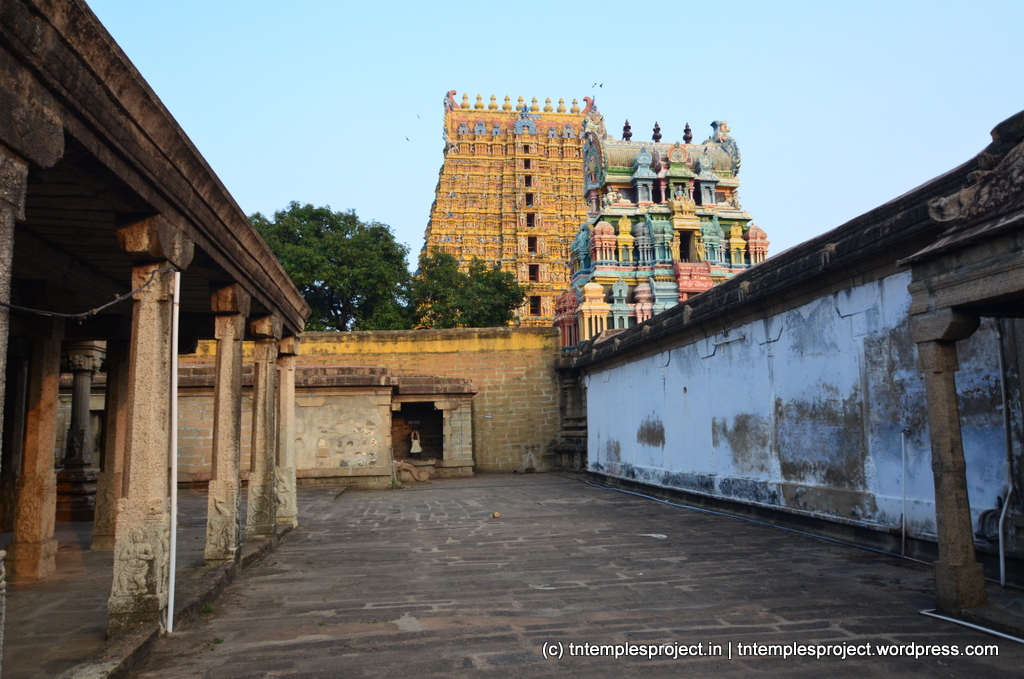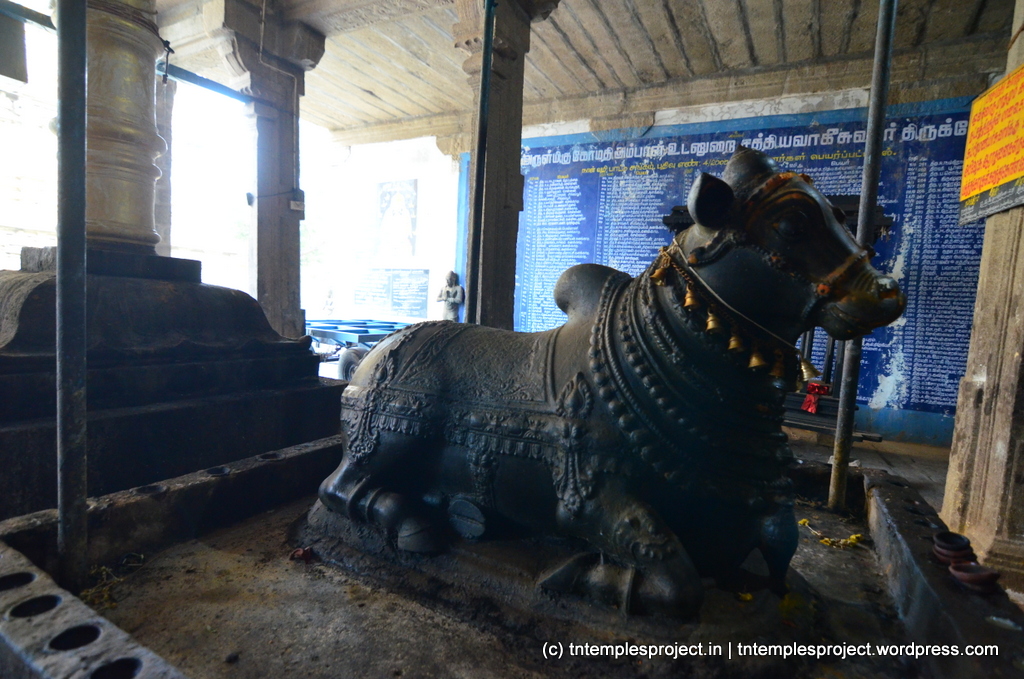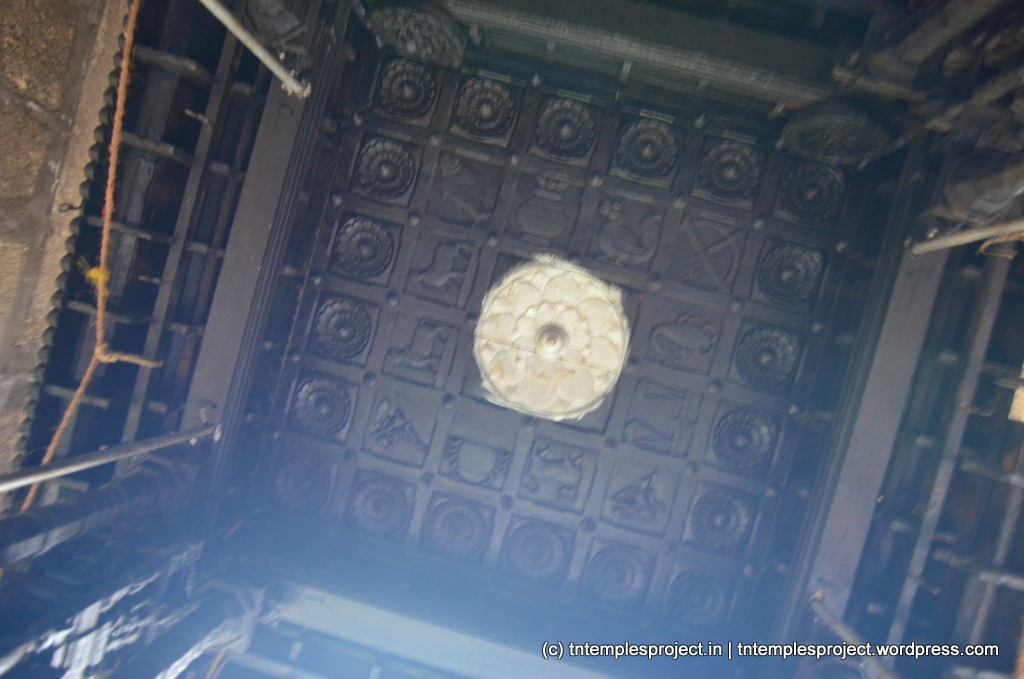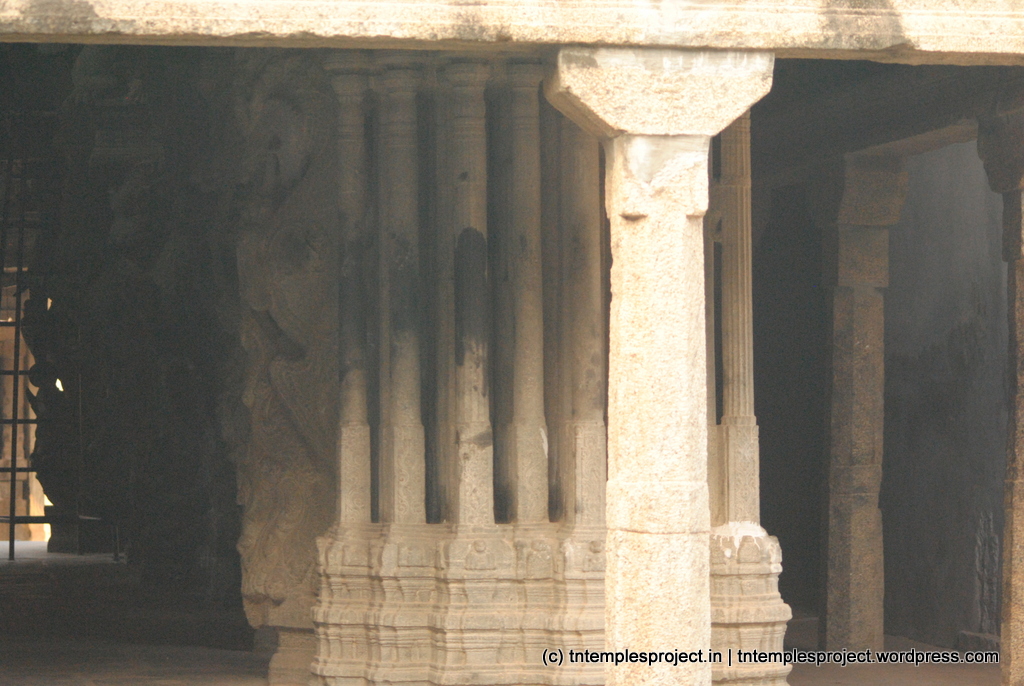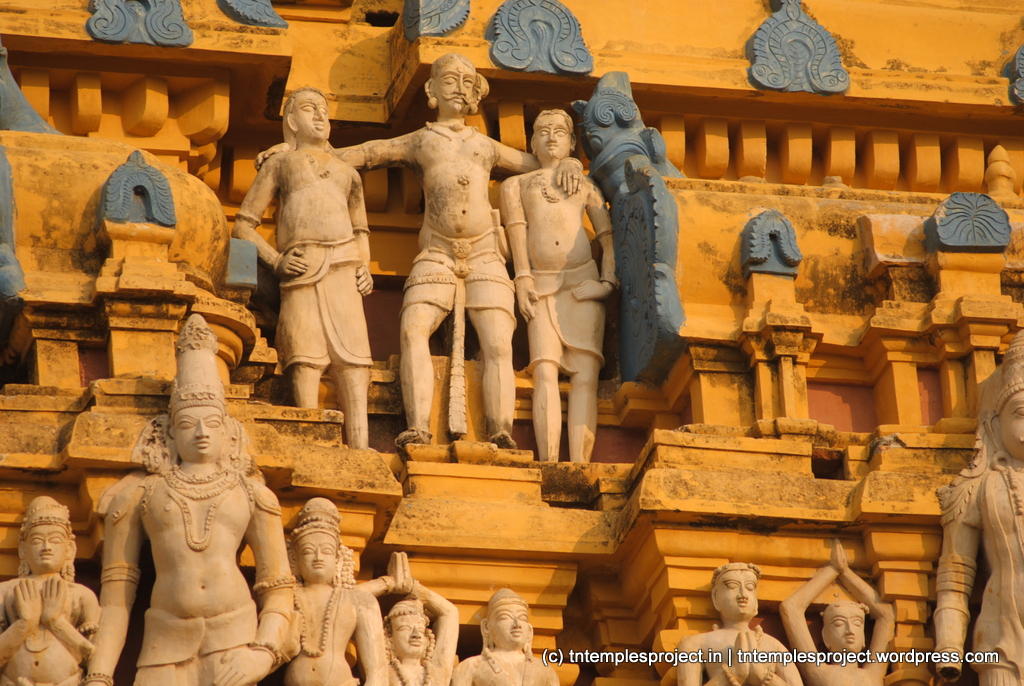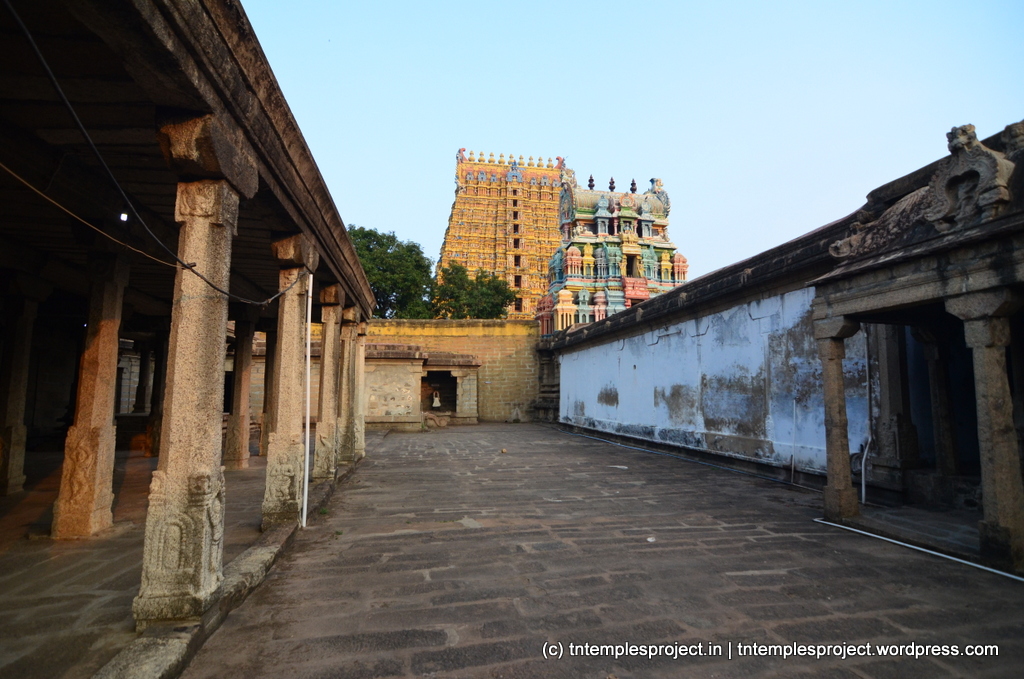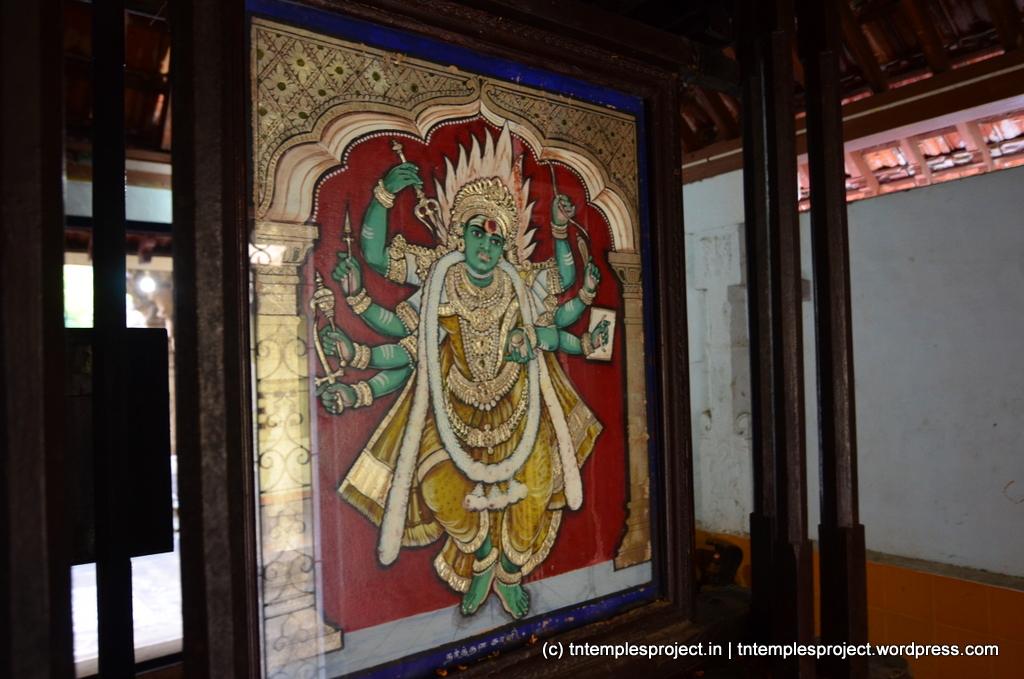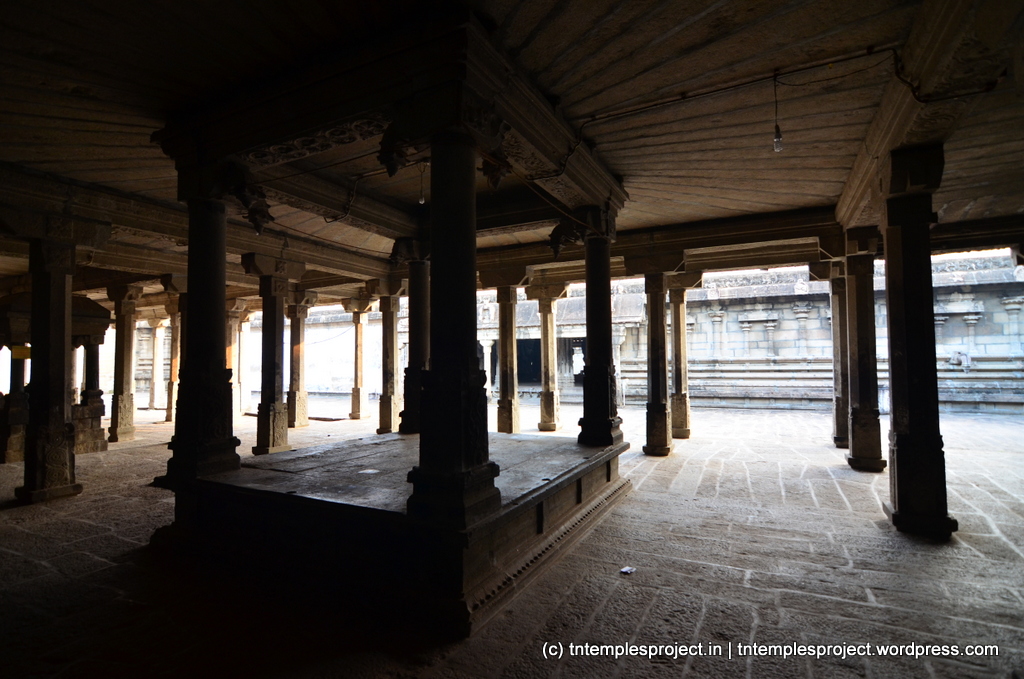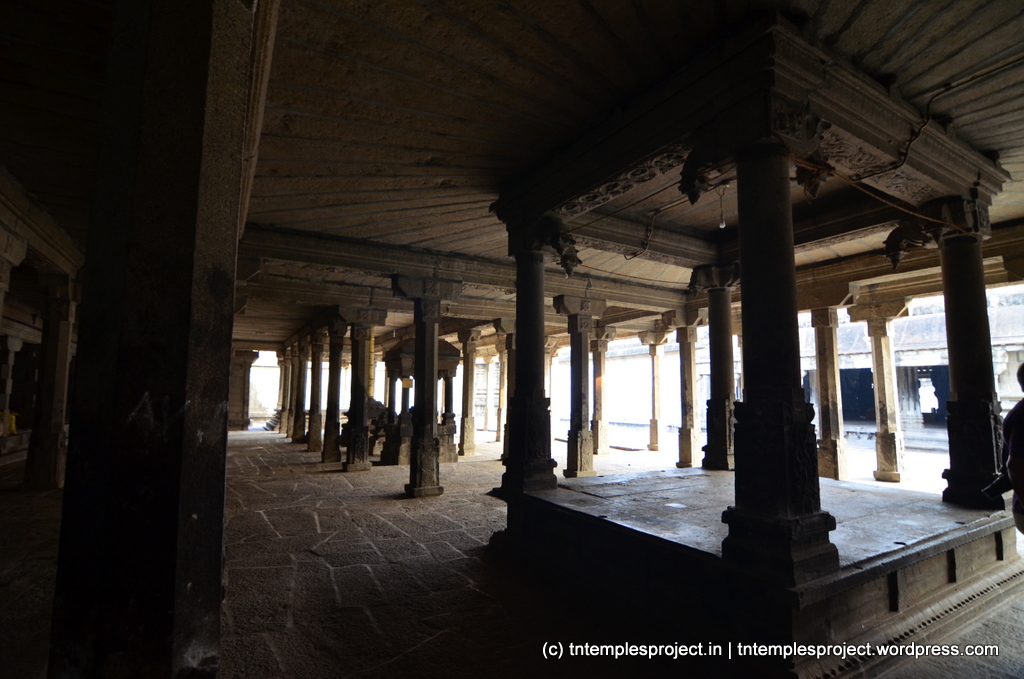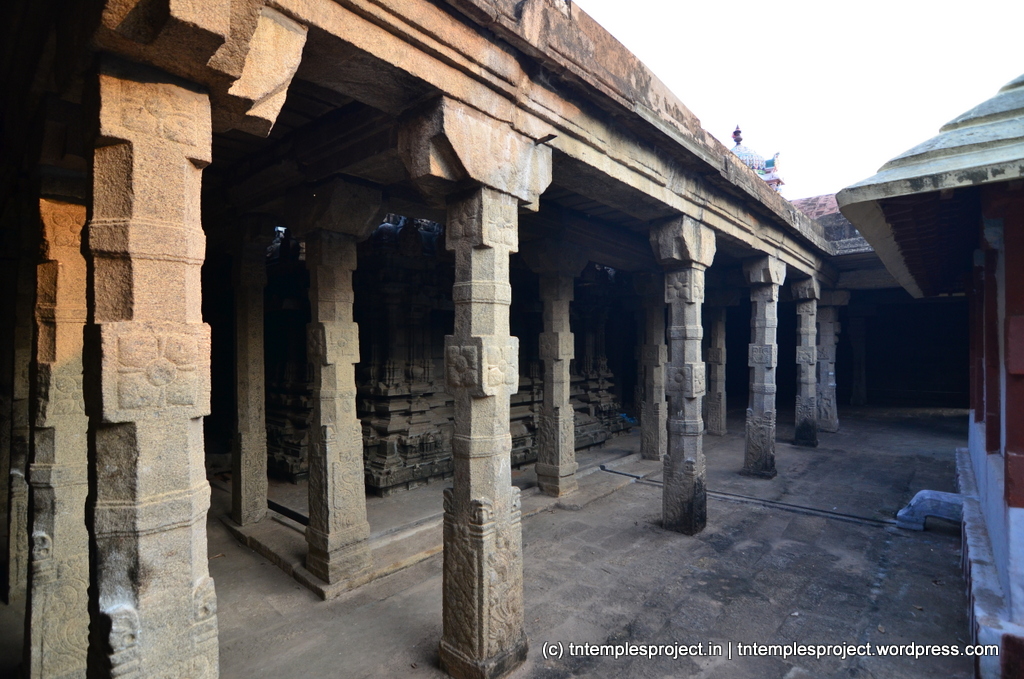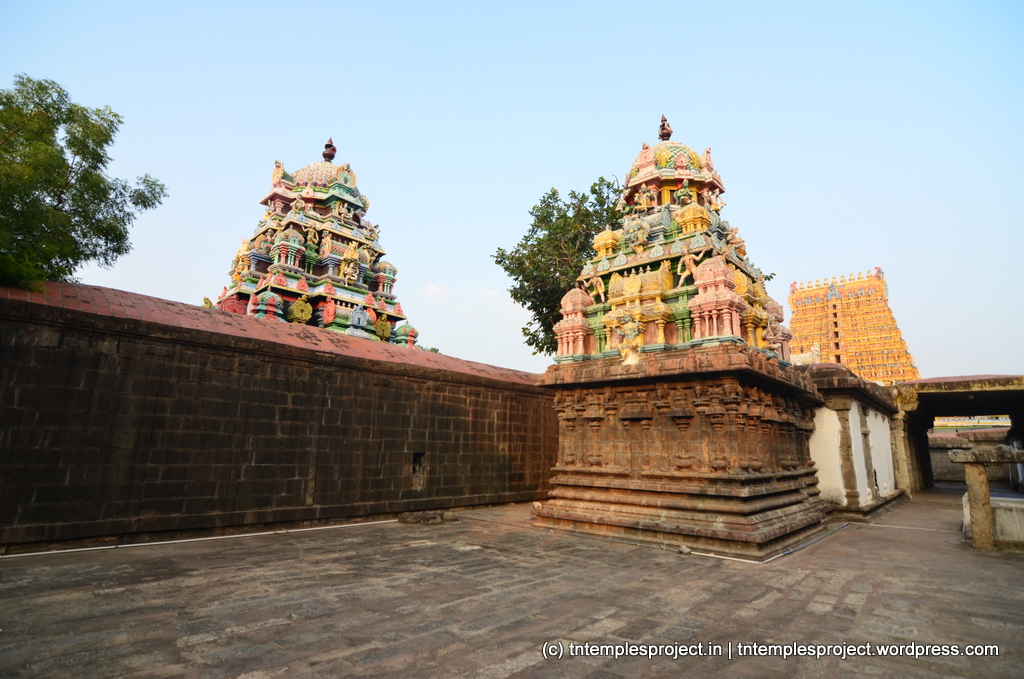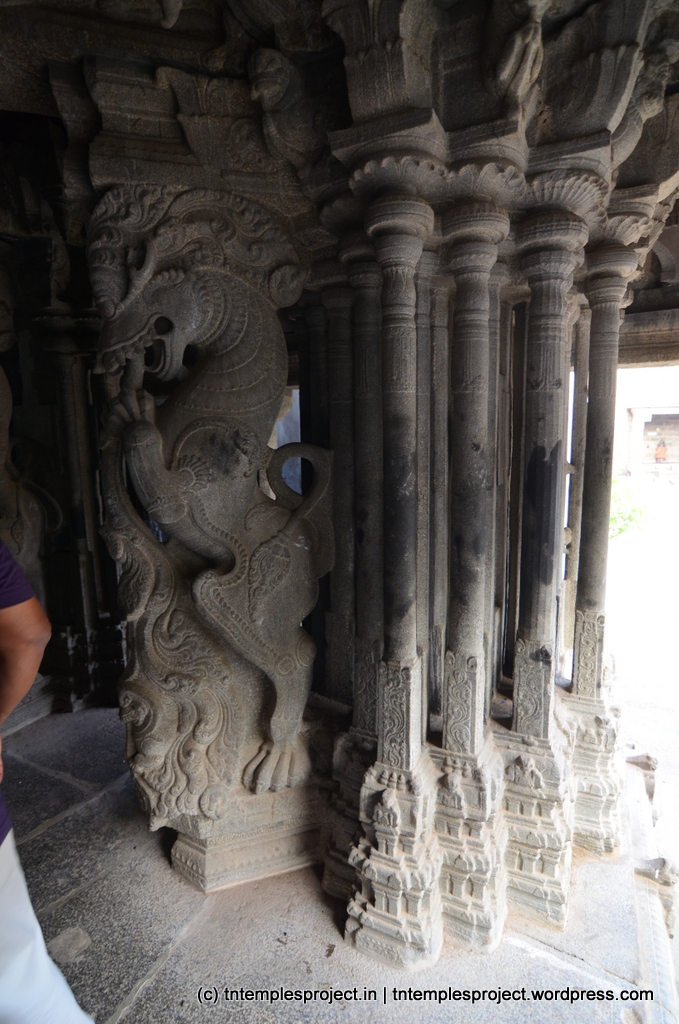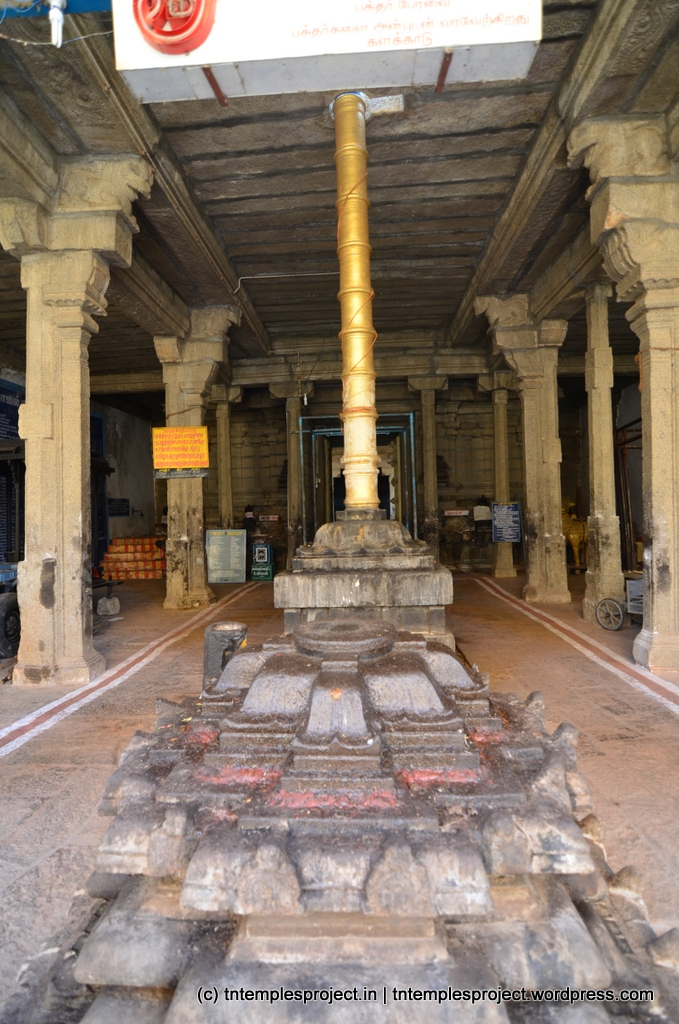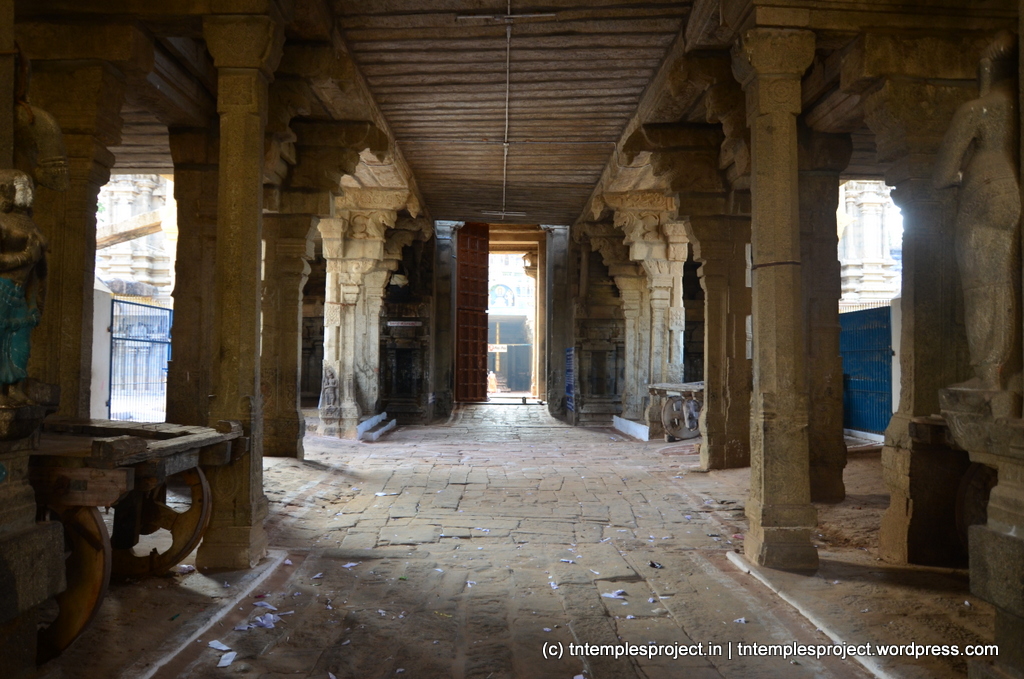Basic information about the temple
| Moolavar: | Satyavakeeswarar | Ambal / Thayar: | Gomathi Amman, Avudai Nayaki |
| Deity: | Siva | Historical name: | |
| Vriksham: | Punnai | Teertham: | Satya Teertham |
| Agamam: | Age (years): | ||
| Timing: | 6 to 12 & 4 to 8 | Parikaram: | |
| Temple group: | Vaippu Sthalam | – | |
| Sung by: | Temple set: | ||
| Navagraham: | Nakshatram: | ||
| City / town: | Kalakkad | District: | Tirunelveli |
| Maps from (click): | Current location | Tirunelveli (37 km) | Nagercoil (49 km) |
| Kanyakumari (59 km) | Thoothukudi (92 km) |
Location
Sthala puranam and temple information
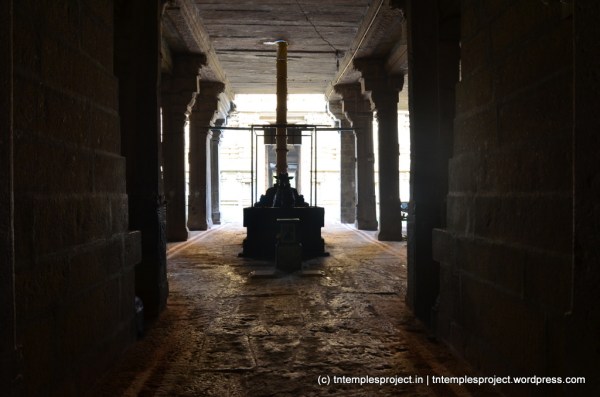
This temple is closely connected with the Ramayanam; specifically, what is possibly the turning point of the epic. One of the names of this place is Chorakadavi (or Chorakavu), and that is because in the temple’s sthala puranam, this is considered to be the place where Ravana abducted Sita, in the Ramayanam. Realising that Sita had been taken, Rama and Lakshmana were distraught, and so worshipped Siva here, who promised them that Sita would be found safe. This later turned out to be the case (and upon their return from Lanka, Rama, Lakshmana and Sita worshipped Siva here), and hence the Lord is named Satya Vakeeswarar (the One who keeps His word, or the One that speaks the truth).
According to another sthala puranam, in the 13th century, Veera Marthanda Varman of the Travancore royal family, ruled the region. The king had a practice of worshipping Siva at Tiruppudaimarudhur (Kidai-Marudhur, and not to be confused with Tiruvidaimaruthur or Idai-Maruthur near Kumbakonam). Once, he was unable to visit it due to floods in the region, when he heard a celestial voice telling him to locate a Siva Lingam under a Vanni tree. He did so and was able to perform his worship. Pleased with the turn of events, the king built this temple here.
As to the etymology of Kalakkad, there are four stories. One, that this was a forest of Kala trees; two, that this is where Sita was taken and hence deriving from the Tamil word “Kalavu”; three, from “kalam”, the Tamil word for battlefield; and four, from the time when this place was under the rule of the Kalabhras.
This temple is a Tevaram Vaippu sthalam, with Appar having sung about this temple and referred to Siva here as Puramerichavar Udaiya Nayanar (possibly a reference to Tripura Samharam, and Siva as Tripurantakar). Manikkavasagar has also sung about this temple, and in his hymn, he refers to this temple being the centre point of a long-lost skill of making stones soft.

The temple architecture and construction is mostly Pandya, with subsequent reconstructions by Veera Marthanda Varman in the 13th century (see sthala puranam above). The influence of the Nayaks is also evident here. Virtually everything in the temple speaks to its size and grandeur, as well as intricate work that has gone into all aspects of the temple. The east-facing raja gopuram is massive – over 135 feet tall – and contains over 1500 stucco images carved on to it, including scenes from the epics and puranams.
The mandapams and shrines are also large, as is the hall of musical pillars, built by Udaya Marthanda Varma, the king of Travancore, in the 16th century. Each pillar in this hall makes a sound of a different tone, when tapped with another stone or with one’s fingers. There are also over 200 individual paintings of various epics, puranams and stories from the Tiruvilaiyadal, from the Nayak period, as well as a large granary dating back to the 13th century.
Inscriptions in the temple refer to the various services, gifts and endowments made to the temple, primarily by the Travancore kings. They also refer to the place as being named Cholanadu Vallipuram and Vanavan Nadu.
Other information for your visit
This temple is one of the Pancha Asana Sthalam temples, which are:
Satyavakeeswarar, Kalakkad, Tirunelveli
Valutheeswarar, Eruvadi, Tirunelveli
Ramalingeswarar, Shenbagaramanallur, Tirunelveli
Tirunageswarar, Nanguneri, Tirunelveli
Manonmaneeswarar, Vijayanarayanam, Tirunelveli
Contact
Harihara Bhattar: 9952384732; 9994396409
Gallery
